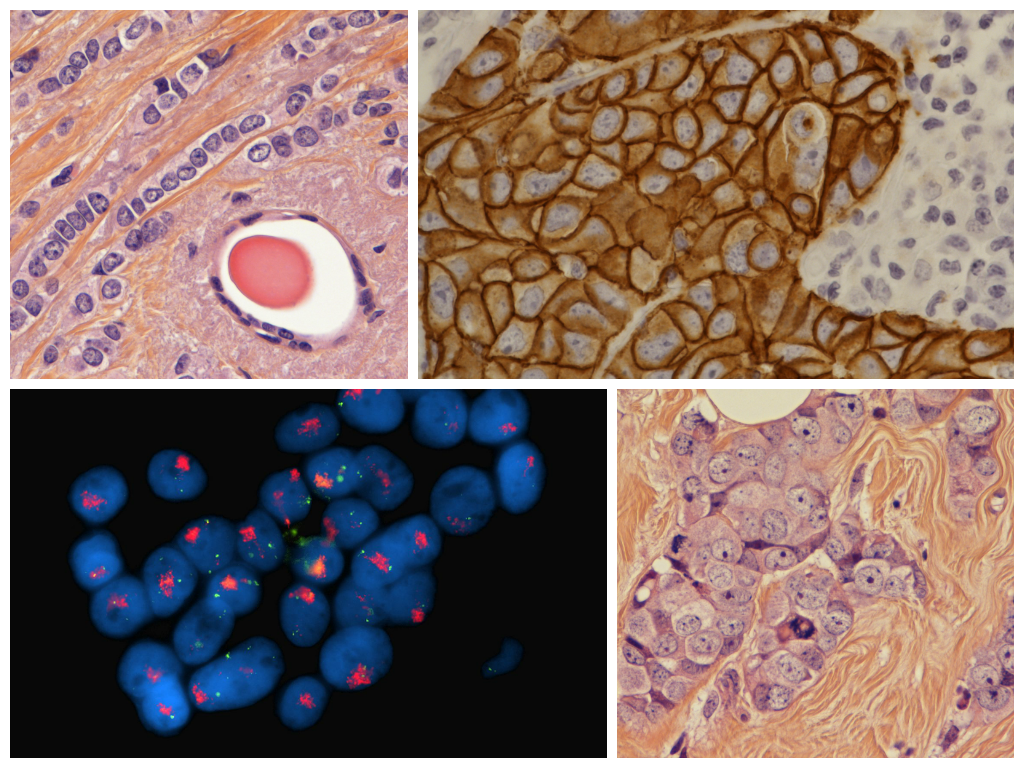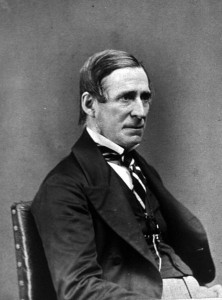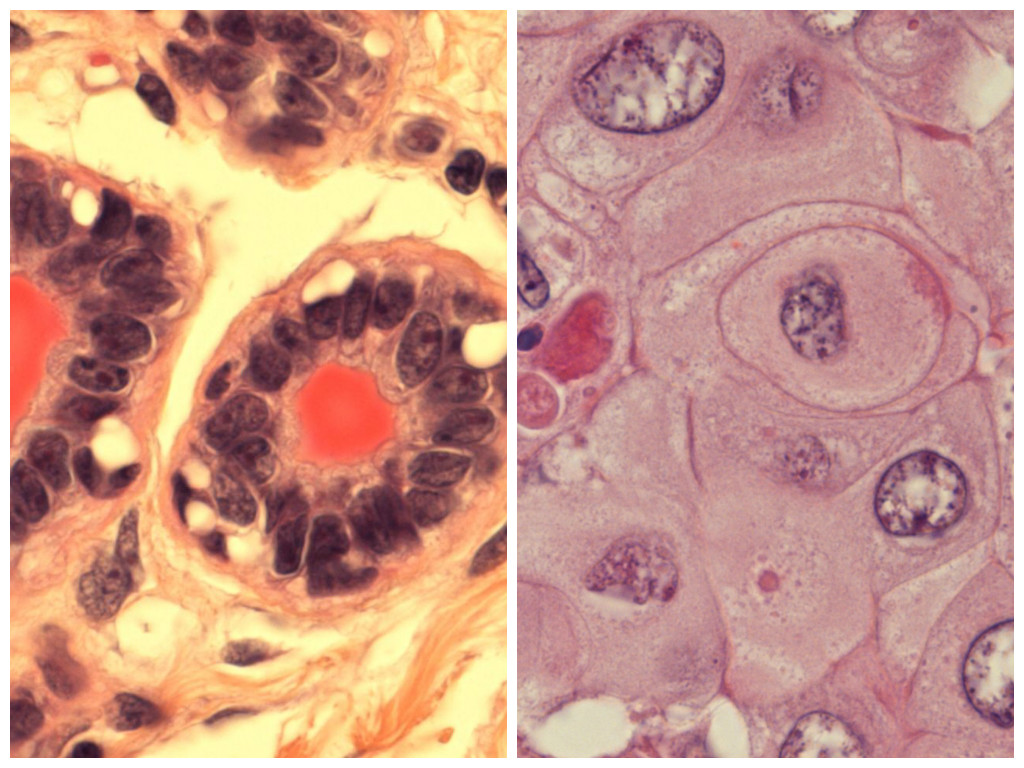Blogger: Anna Mary Bofin
“Many of the cells of cancers, for example, may be somewhat like gland cells, yet a practised eye can distinguish them; they are heaped together disorderly and seldom have any lobular or laminar arrangements such as exists in the natural glands or epithelia”
These words were written in 1853 by James Paget who was a surgeon and pathologist, and they describe cancer cells as we see them under the microscope. The cells are different from normal cells. They are mutineers only interested in their own survival at the expense of their host.
To this day, the initial diagnosis of breast cancer is still made by a pathologist examining a tissue sample under a microscope. We know that breast cancers differ greatly in their appearance and that these differences can be explained by differences in their molecular characteristics. These differences are exploited today to give the individual woman a tailor-made treatment based on a set of special tests that have been tried and proven useful for this purpose.
We know that tissue samples from breast cancer harbour even more information that could help us to understand the causes of the disease, determine more effective treatment and avoid overtreatment.
The Breast Cancer Subtypes research group at NTNU has studied over 900 cases of breast cancer from women in Nord-Trøndelag who took part in a breast cancer screening program organised by the Cancer Registry of Norway over 60 years ago. These women lived in an era before hormone replacement therapy became common and before the implementation of mammography screening. They received limited treatment, often only surgery, making it possible to study the near natural course of this disease.
These samples have now been reclassified into subtypes based on their molecular composition rather that their appearance under the microscope. Follow-up shows that there are differences in survival according to molecular subtype and that most of these differences occur during the first five years after diagnosis. These results were recently published in Breast Cancer Research and Treatment.
Mothers and daughters
Could there be differences in the types of cancer that occur in these two generations?
Like their mothers and grandmothers before them, women in Nord-Trøndelag have continued to contribute to research through their participation in the Nord-Trøndelag Health Study (HUNT). The next step for the Breast Cancer Subtypes research group is to study breast cancer tissue samples from women who took part in HUNT2 between 1995-97. In contrast to their mothers, these women have had access to the contraceptive pill, hormone replacement therapy and mammography screening. Could there be differences in the types of cancer that occur in these two generations?

Breat cancer, lobular type (top left), HER2 protein on the cell membrane (top right), HER2 gene amplification in cell nuclei (bottom left), breast cancer, ductal type (bottom right)
A further question that the Breast Cancer Subtypes group is addressing is survival.
Ultimately, the aim of this work is a better understanding of this complex disease in order to provide the individual woman with a more accurate diagnosis and a more effective treatment of her cancer.
Follow-up over several decades makes it possible to study the molecular characteristics of cancers that have a very good prognosis as well as those with a poor prognosis. Using advanced technology, it is possible to stain and analyse hundreds of tissue samples in a standardised way and study the molecular characteristics of the different cancers. When these data are linked to survival data it will be possible to identify cancers with very good prognosis requiring little or no additional treatment, and others that require individual, tailor-made treatment strategies based on the characteristics of the individual cancer.
Ultimately, the aim of this work is a better understanding of this complex disease in order to provide the individual woman with a more accurate diagnosis and a more effective treatment of her cancer.


